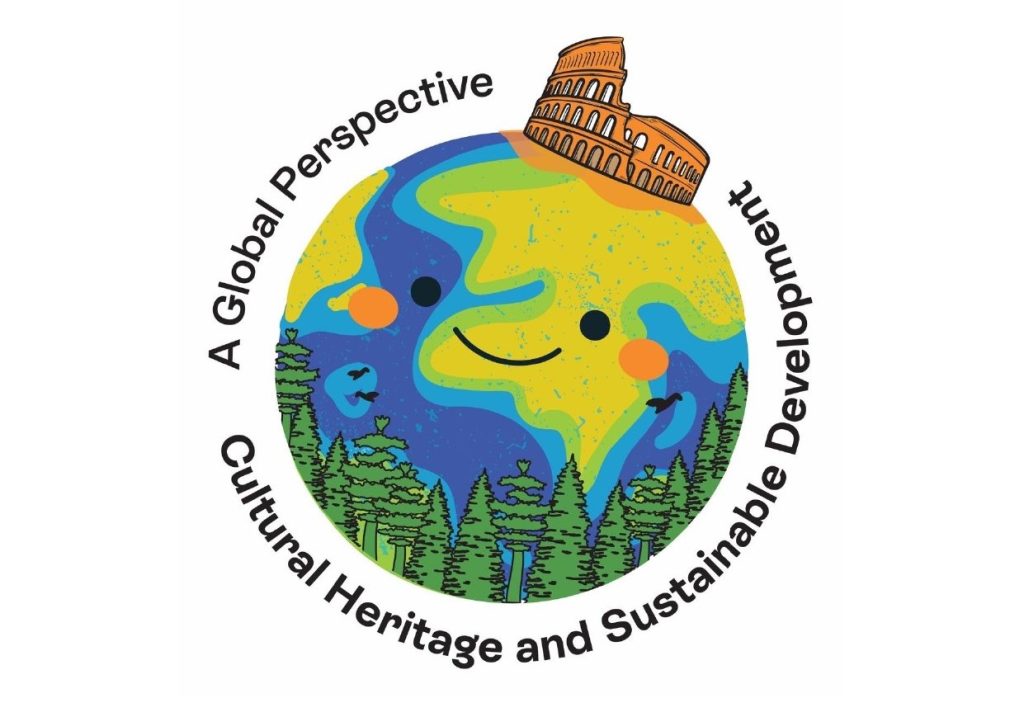Introduction: The Interconnected Cultural Landscape
Culture is a dynamic reflection of human experience, encompassing art, language, rituals, beliefs, and social norms. In the 21st century, globalization has accelerated cultural exchange, creating a world where traditions and innovations coexist, interact, and evolve rapidly.
Global communication technologies, migration, and international trade have blurred boundaries, giving rise to hybrid cultures. At the same time, societies strive to preserve local identities, leading to a complex interplay between continuity and change.
This essay explores the historical evolution of culture, examines the impact of globalization, highlights innovations in cultural expression, and considers future trajectories of global cultural development.
1. The Historical Evolution of Culture
1.1 From Local Traditions to Early Exchanges
- Pre-industrial societies relied on localized cultural practices.
- Trade routes like the Silk Road facilitated early cultural interaction (art, language, religion).
1.2 Colonial Encounters and Cultural Transformation
- Colonization spread languages, religions, and administrative systems.
- Hybrid forms of culture emerged in colonies, blending indigenous and foreign elements.
1.3 Industrialization and Urbanization
- Mass migration reshaped urban cultural landscapes.
- Popular culture (literature, theater, music) became more widely disseminated.
2. Globalization and Cultural Flows
2.1 Communication and Media
- Internet, social media, and streaming platforms accelerate the spread of ideas.
- Viral trends, memes, and digital art reflect real-time cultural exchange.
2.2 Migration and Diaspora
- Diasporic communities transmit traditions while adapting to new environments.
- Examples: Indian cuisine in the UK, African music influencing global pop.
2.3 Economic Forces and Cultural Commodification
- Tourism, film, and fashion industries market culture globally.
- Risks include commercialization that dilutes authenticity.
3. Innovation and Cultural Hybridization
3.1 Art and Literature
- Cross-cultural influences enrich creative expression (e.g., K-pop incorporating Western pop and Korean aesthetics).
- Digital platforms allow global collaboration in storytelling, music, and visual arts.
3.2 Language and Communication
- English as a lingua franca enables international discourse.
- Multilingualism thrives as people adopt hybrid linguistic forms.
3.3 Technology and Virtual Culture
- VR, AR, and AI generate immersive cultural experiences.
- Gaming and virtual communities become sites of cultural innovation.

4. Case Studies in Cultural Evolution
Case 1: Japanese Anime and Global Pop Culture
- Anime integrates Japanese aesthetics with global storytelling appeal.
- Influences Western animation, fashion, and music.
Case 2: African Music on the World Stage
- Afrobeat and Amapiano gain international audiences.
- Digital distribution platforms amplify cultural reach.
Case 3: Indigenous Practices in the Modern World
- Traditional knowledge applied to sustainability and art.
- Example: Maori carvings and storytelling integrated into global exhibitions.
5. Challenges in a Globalized Cultural Space
- Cultural Homogenization: Dominant cultures may overshadow local traditions.
- Intellectual Property: Protecting traditional knowledge and creative works.
- Identity Conflicts: Balancing global exposure with cultural authenticity.
- Digital Inequality: Unequal access to technology can limit participation.
6. Future Directions
6.1 Coexistence of Global and Local Cultures
- “Glocalization”: adapting global trends to local contexts.
6.2 Technology as Cultural Catalyst
- AI-driven translation, VR museums, and digital heritage archives expand access.
6.3 Sustainability and Cultural Preservation
- Community-led initiatives to document languages, rituals, and art forms.
- Integration of environmental consciousness with cultural practices.
Conclusion: Culture in Constant Motion
Cultural evolution in the globalized world is a dynamic dance between tradition and innovation. While global connectivity accelerates change, human societies continue to negotiate their identities and values.
The future of culture lies in creative hybridity, equitable exchange, and the preservation of diverse traditions. By understanding the flows of ideas, embracing innovation, and respecting heritage, humanity can cultivate a world rich in both diversity and shared understanding.
















































